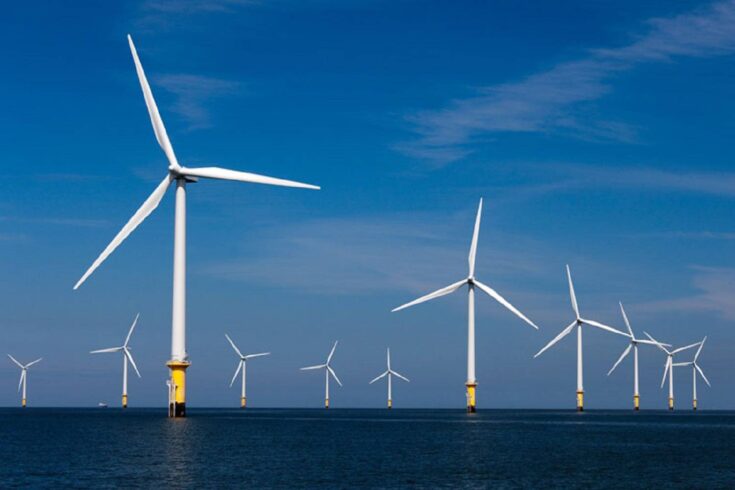One of the main issues for large wind farms comes from the wake of each turbine impinging on other turbines downwind. Wakes can create a range of unsteady conditions that are known to reduce wind farm efficiency, and to cause increased structural damage.
As it’s neither economic nor practical to position turbines far apart, alternative solutions need to be found by understanding how wind flow and conditions affect the turbines. To improve cost effectiveness, we really need to understand the flow-field through a wind farm.
The MAXFARM (MAXimising wind Farm Aerodynamic Resource via advanced Modelling) project simulates real-world wind conditions and investigates their impact on turbines. It brings together researchers in energy meteorology, aerodynamics and aeroelasticity, fatigue and structural mechanics, and systems control.
About the project
Large offshore wind farms are set to play a significant role in the UK’s target of net zero greenhouse emissions by 2050. But although the UK currently has the highest level of installed wind energy capacity of any country in the world, there is still potential for these farms to operate more efficiently and reliably.
Using a £1.4 million grant from EPSRC, MAXFARM took a holistic approach to research, exploring both the impact of environmental conditions on turbines and mechanisms for improving the performance of wind farms.
“Wind-farm developers tend to assume a ‘neutral’ atmospheric boundary layer (ABL) state – the layer of air in contact with land or sea,” explains principal investigator Dr Philip Hancock. “When, in fact, it varies significantly within the day.”
Led by the University of Surrey, researchers from Imperial College London and the Science and Technology Facilities Council’s (STFC) Rutherford Laboratory investigated the impact of ABL on turbine blades and the implications for fatigue over time.
Impacts of the project
An important impact of the research is that it improves understanding of wind farm performance in an integrated way. In turn, this reduces uncertainty and therefore financial costs in both the design and the operation of large offshore wind farms.
Dr Hancock emphasises its potential to improve the economics of large offshore wind power by reducing uncertainties. This will help the UK to take a leading role in global wind farm design and operation.
The University of Strathclyde, meanwhile, created open-access software which allows large wind farms to be controlled in real-time according to atmospheric conditions.
Find out more
Read more about MAXFARM (MAXimising wind Farm Aerodynamic Resource via advanced Modelling) on Gateway to Research.

